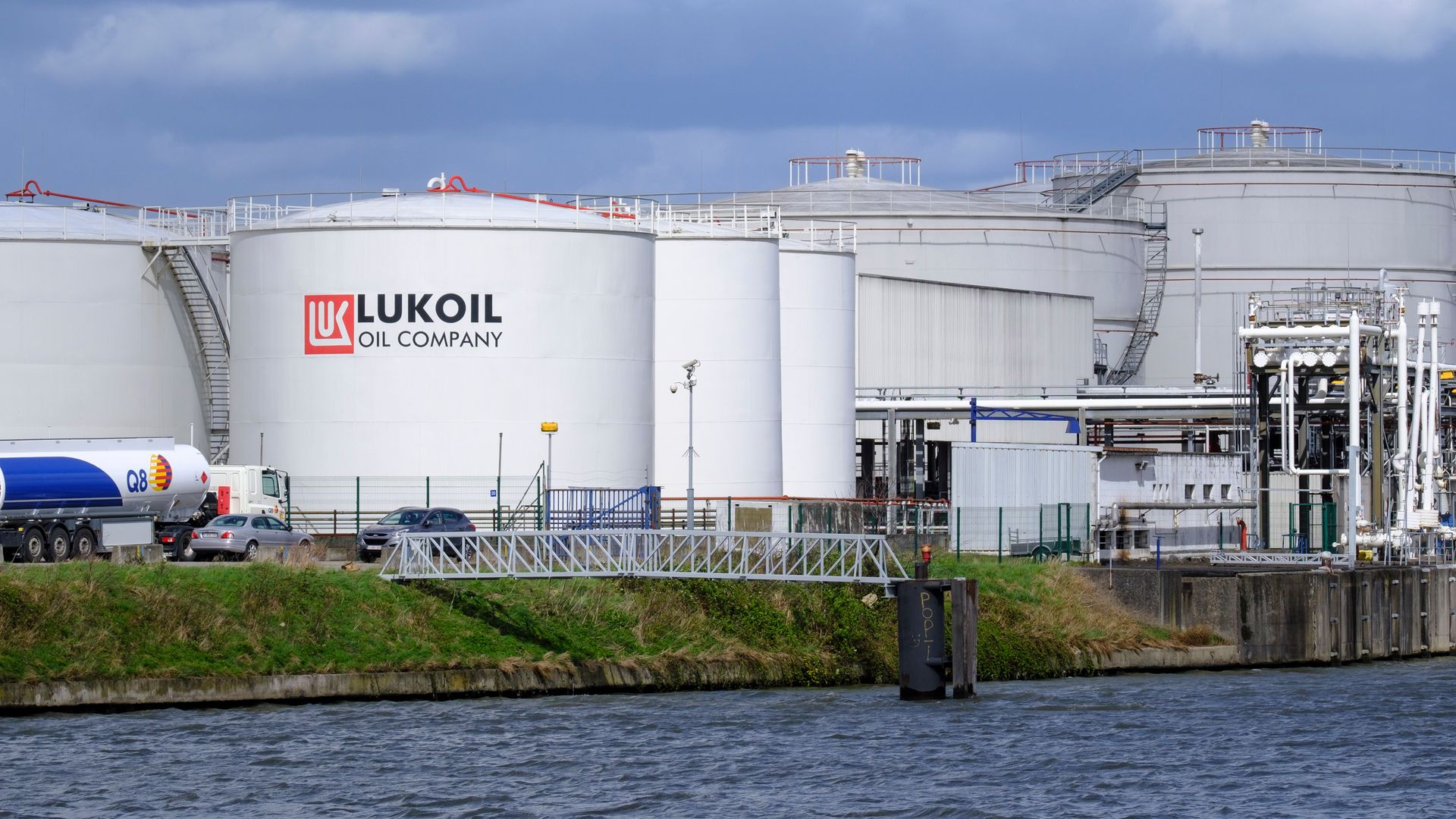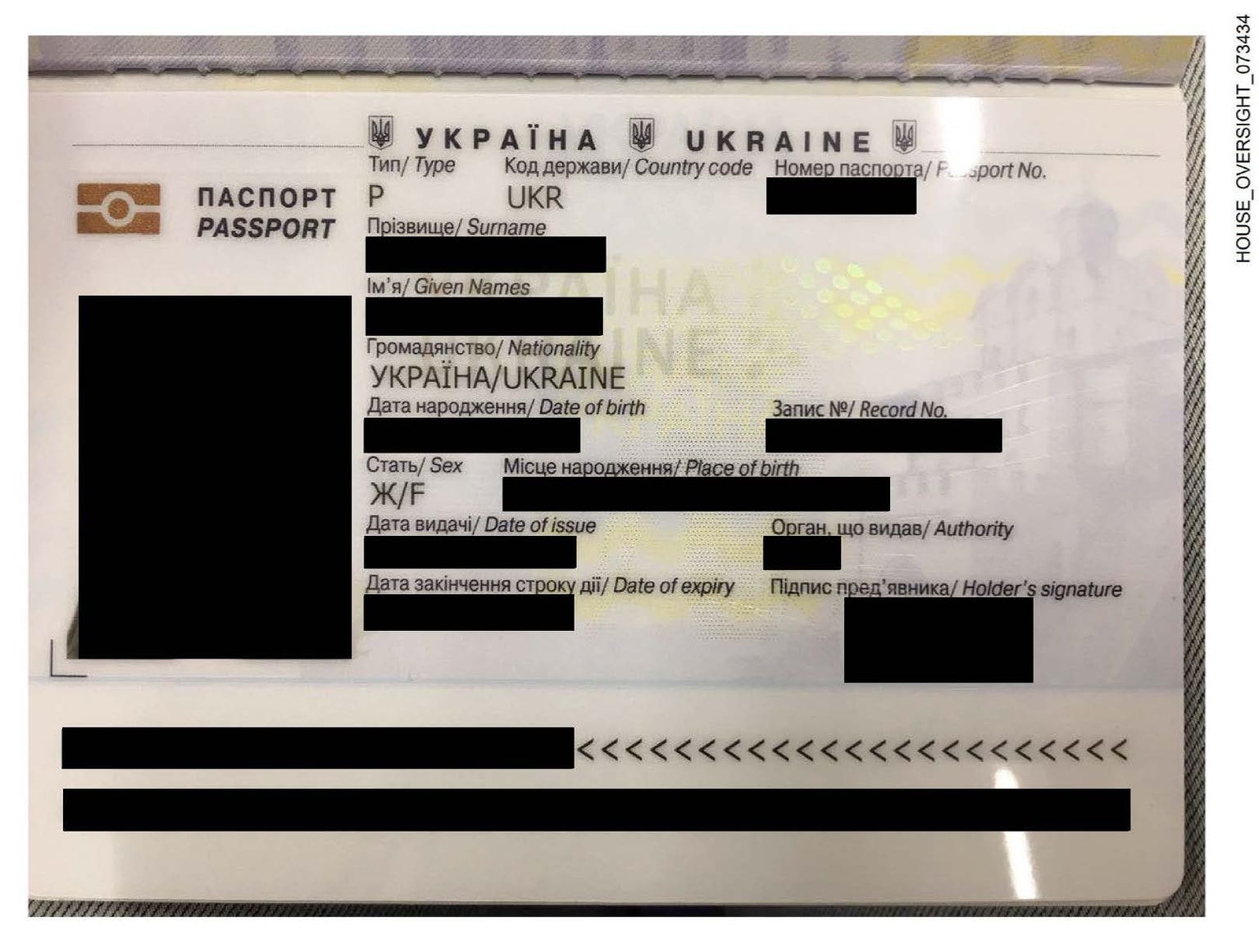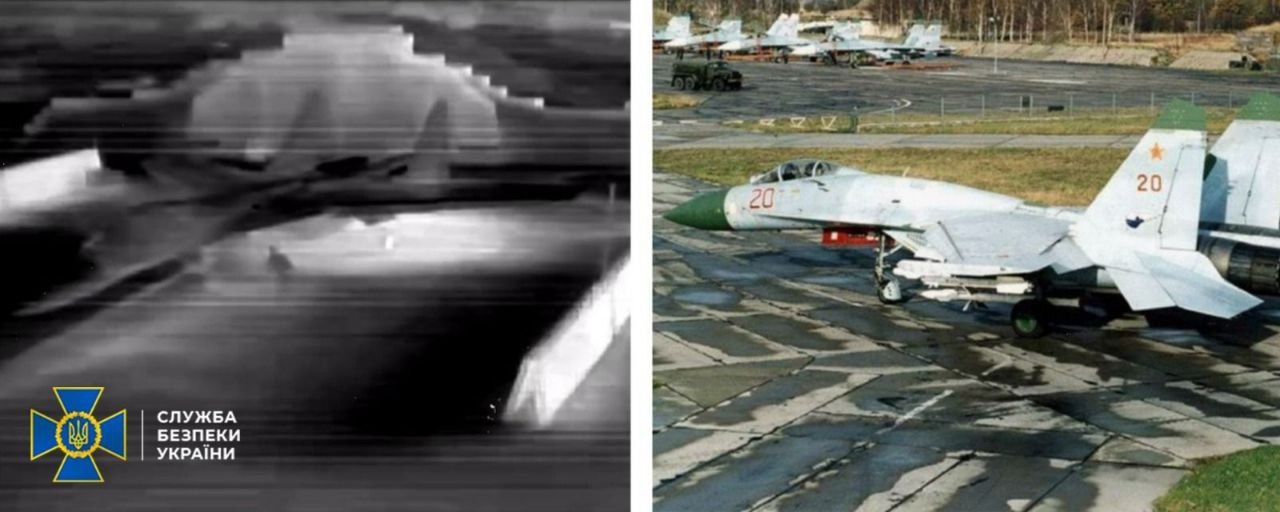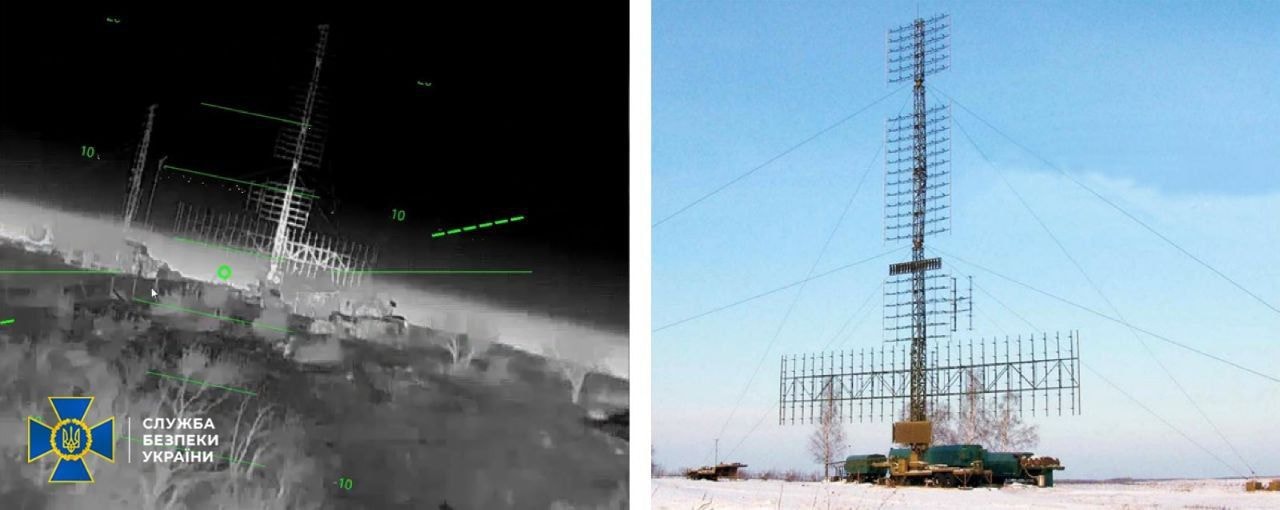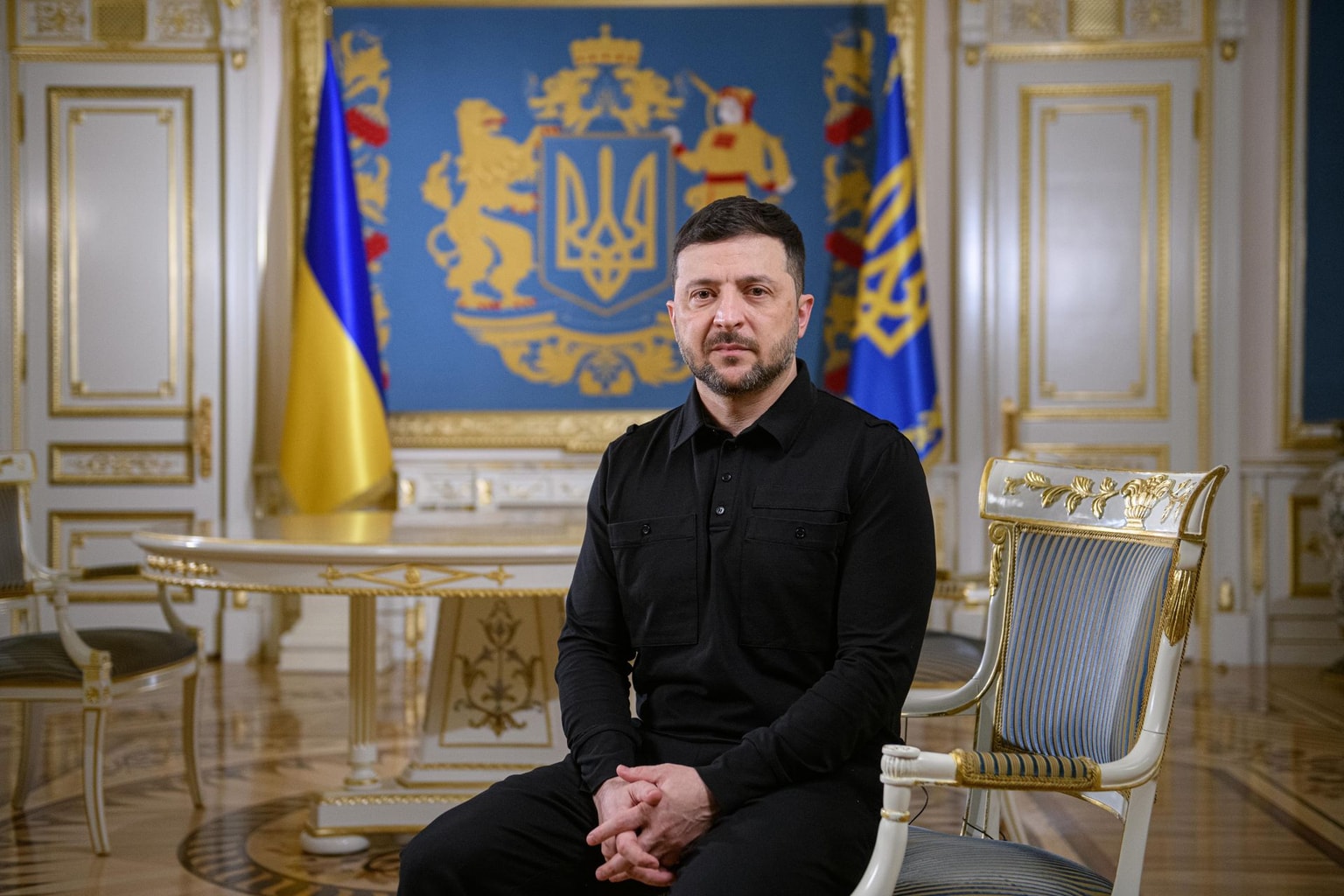Ukraine wants freedom to use EU loan from frozen Russian assets for US weapons
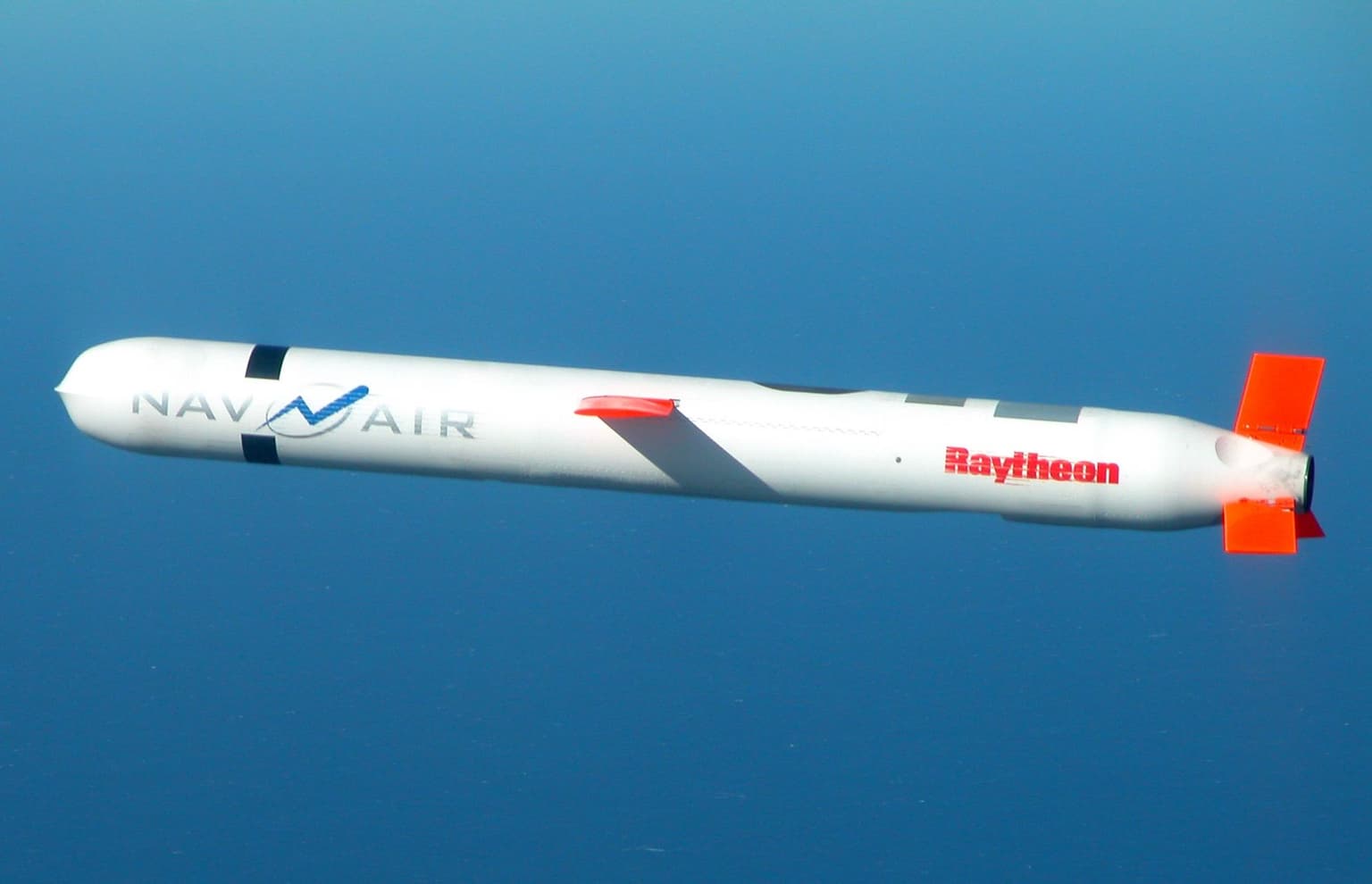
When Deputy Head of Ukraine's Presidential Office Iryna Mudra suggested to European partners in 2022 that Russia’s frozen assets be used to compensate Ukraine, she says she was met with little enthusiasm.
But over the last month, European leaders have begun voicing support for a potential reparations loan for Kyiv — a plan that could provide Ukraine with up to 140 billion euros backed by Russian assets frozen at the start of the full-scale invasion.
"It hasn’t been as quick as we would have liked, but we didn't give up," Mudra told the Kyiv Independent in an exclusive interview on Oct. 22. In charge of legal issues within President Volodymyr Zelensky's office, she is tasked with developing Ukraine's official position on Russian assets.
While momentum has built in recent weeks around the plan to send the loan to Kyiv — and European leaders have jockeyed over its legal and financial implications — one crucial question has been largely overlooked: how Ukraine intends to use the assets.
According to Mudra, Ukraine wants no conditionality and full autonomy over how to use the loan. "We know best where these resources are most urgently needed."
This is nothing new, she says. "Ukraine's position has remained consistent — frozen sovereign Russian assets must become a real financial instrument for Ukraine’s defense, recovery, and justice."
For now, the priorities are Ukraine’s defense and stability, including weapons purchases, investments into the country’s burgeoning defense industry, and repairs to critical energy infrastructure.
While exact proportions are difficult to predict, Mudra expects more than half to be used for military goods.
Recent Russian attacks on Ukraine’s energy infrastructure have caused blackouts for over 100,000 people in the north and east of the country, pushing energy infrastructure up the list.
Largely absent from conversations in Brussels, Mudra insists that some money should be kept for a compensation and recovery fund.
Ukraine wants to set aside that part of the cash in investments that generate a higher return, similar to the model of the Norwegian wealth fund.
Flexibility in use
When asked if this plan is flexible due to pressing fiscal needs, Mudra is realistic.
Ukraine faces a $60 billion hole in its finances for 2026 and 2027, a key reason why momentum for the reparations loan initiative has been building.
"Of course, if there are some critical budget needs, this should be a possibility," says Mudra.
"It may even be necessary to spend all the money on defense, if that’s what we need to survive," she said.
France has pressed for the cash to only purchase European weapons, and an internal European Commission document seen by the Kyiv Independent that lays out the "design principles" for the reparations loan explicitly states that procurement should be restricted to Ukraine and the EU.
But Mudra emphasized that Ukraine should have the flexibility to purchase weapons from non-EU countries, including the U.S., if necessary.
Speaking at a European Council press briefing on Oct. 23, Zelensky made the same point, highlighting the unique ability of U.S. technology to stop Russia's ballistic missiles, which have been pounding energy infrastructure in recent weeks.
Cash left for compensation?
Mudra recognizes that European countries might be reluctant to park a portion of the cash until no earlier than 2027 or 2028, when the first claims are expected to be processed and compensation disbursed.
Ukraine proposed the creation of an International Compensation Mechanism in May 2022 to create a channel through which victims of Russia’s war could sue for damages.
The mechanism was created to fill the gap that there is no legal fora where victims can sue Russia for war damages.
The plan envisions using Russia’s frozen assets — and not just the 140 billion currently being discussed as part of the reparations loan.
"Ukraine’s long-term goal is the full transfer of $300 billion in Russian frozen assets to Ukraine," Mudra says.


